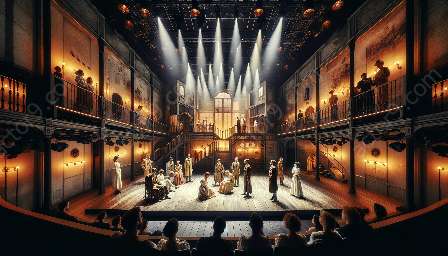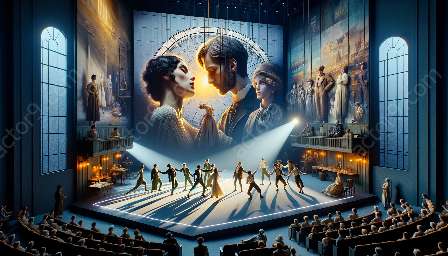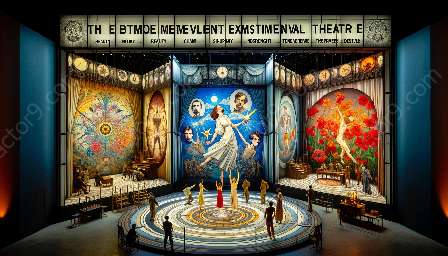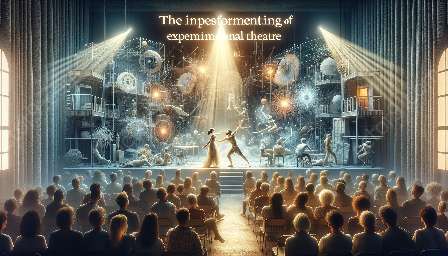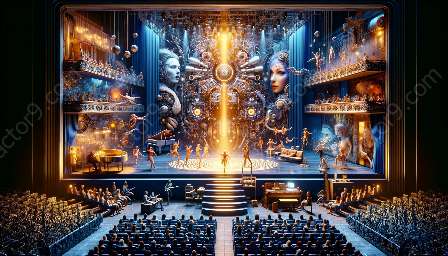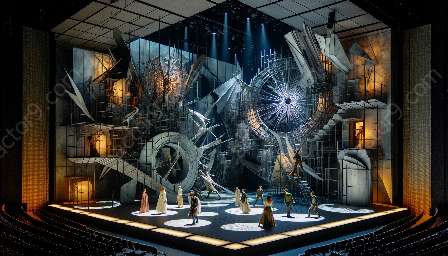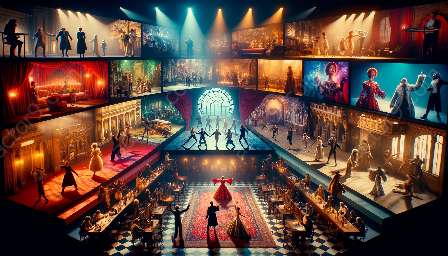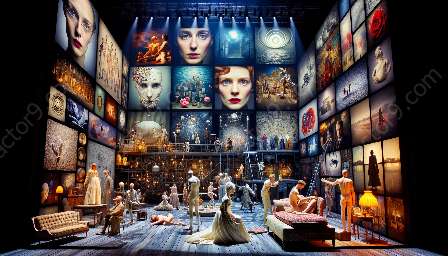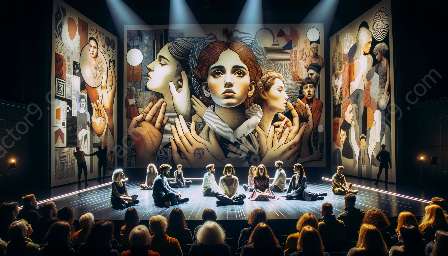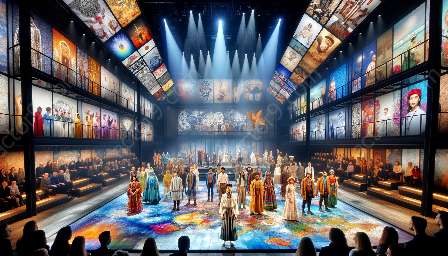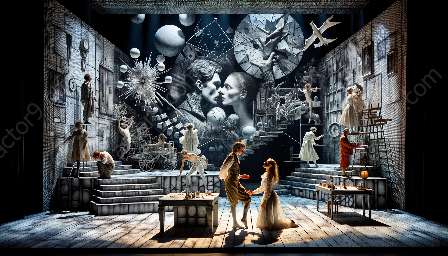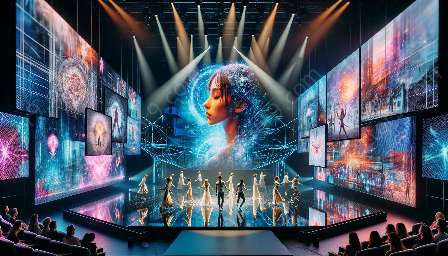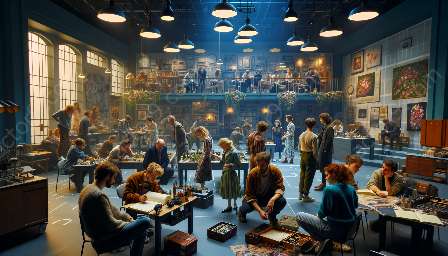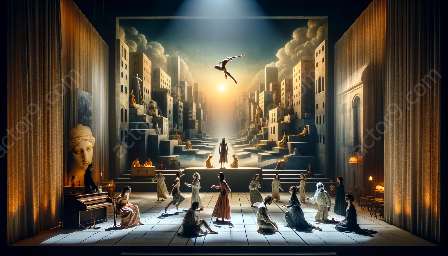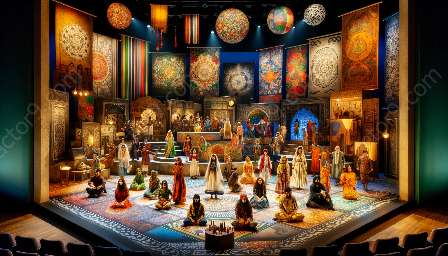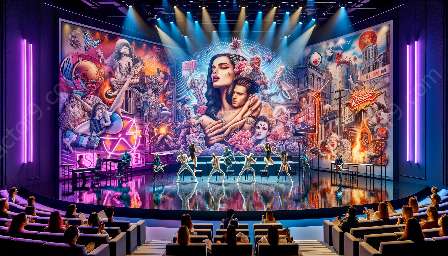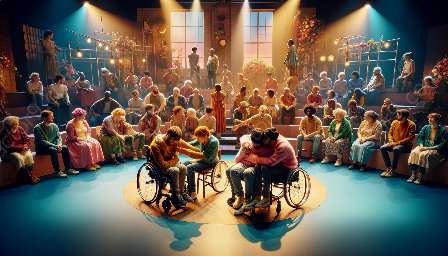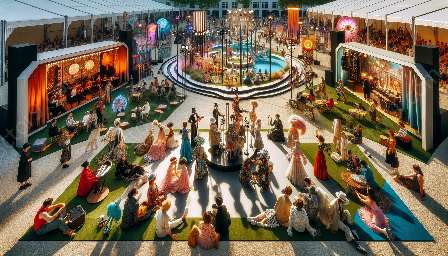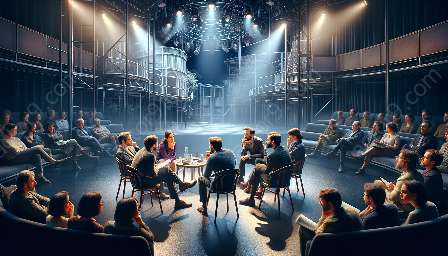Experimental theatre and mainstream theatre represent two contrasting approaches to the art of performance. While mainstream theatre often adheres to traditional formats and storytelling methods, experimental theatre pushes boundaries and challenges conventional norms. This comparative analysis aims to delve into the differences between these two forms of theatre, explore the impact of experimental theatre on modern performances, and shed light on the innovative techniques employed in experimental theatre.
Understanding Experimental Theatre
Experimental theatre, also known as avant-garde or cutting-edge theatre, prioritizes innovation, risk-taking, and the exploration of unconventional themes and styles. It frequently deviates from the linear narrative structure and engages the audience through immersive, participatory experiences. This form of theatre often seeks to provoke thought, evoke emotions, and disrupt established norms, encouraging spectators to question preconceived notions and engage with the performance on a deeper level.
Exploring Mainstream Theatre
On the other hand, mainstream theatre typically encompasses the classic narrative structure, well-defined characters, and familiar storytelling techniques. It aims to entertain and engage audiences through compelling plotlines, relatable characters, and adherence to established theatrical conventions. While mainstream theatre may experiment with themes and styles, it tends to operate within the parameters of audience expectations and commercial viability.
Comparing and Contrasting the Two Approaches
When comparing experimental theatre and mainstream theatre, one can identify several key differences, including their artistic objectives, performance styles, audience engagement, and thematic explorations. While mainstream theatre often prioritizes entertainment and commercial success, experimental theatre focuses on pushing boundaries, challenging conventions, and offering thought-provoking experiences.
Experimental theatre frequently employs non-linear storytelling, multimedia elements, and immersive staging techniques, whereas mainstream theatre leans towards linear plots, well-defined characters, and conventional stage designs. Furthermore, experimental theatre seeks to engage the audience through active participation, sensory stimulation, and intellectual discourse, whereas mainstream theatre typically relies on passive spectatorship and emotional resonance.
The Impact of Experimental Theatre on Modern Performances
As the influence of experimental theatre continues to grow, its impact on modern performances becomes increasingly evident. Experimental theatre has inspired a wave of innovation, leading mainstream theatre to embrace more daring and unconventional approaches. Concepts such as immersive theatre, site-specific performances, and interactive storytelling have gained prominence due to the influence of experimental theatre.
Moreover, the thematic and stylistic experimentation in avant-garde theatre has expanded the creative boundaries of modern performances, encouraging artists to explore new narratives, unconventional staging techniques, and alternative forms of audience engagement. The legacy of experimental theatre reverberates through contemporary productions, fueling a spirit of risk-taking, creativity, and boundary-pushing in the theatrical landscape.
Embracing the Essence of Experimental Theatre
While mainstream theatre and experimental theatre offer distinct experiences, it is essential to recognize the symbiotic relationship between the two. As experimental theatre continues to challenge norms and broaden artistic horizons, mainstream theatre evolves in response, integrating innovative elements and diverse perspectives into its repertoire. By understanding and appreciating the contrasts and connections between these two forms of theatre, individuals can gain a deeper insight into the richness and diversity of the theatrical arts.
Conclusion
By conducting a comparative analysis of experimental theatre and mainstream theatre, we can appreciate the multifaceted nature of the theatrical landscape. The impact of experimental theatre on modern performances is undeniable, as it continues to push the boundaries of creativity, innovation, and audience engagement. As the dynamic interplay between experimental and mainstream theatre shapes the evolution of performance art, the potential for groundbreaking expressions and transformative experiences in the theatre world remains boundless.

